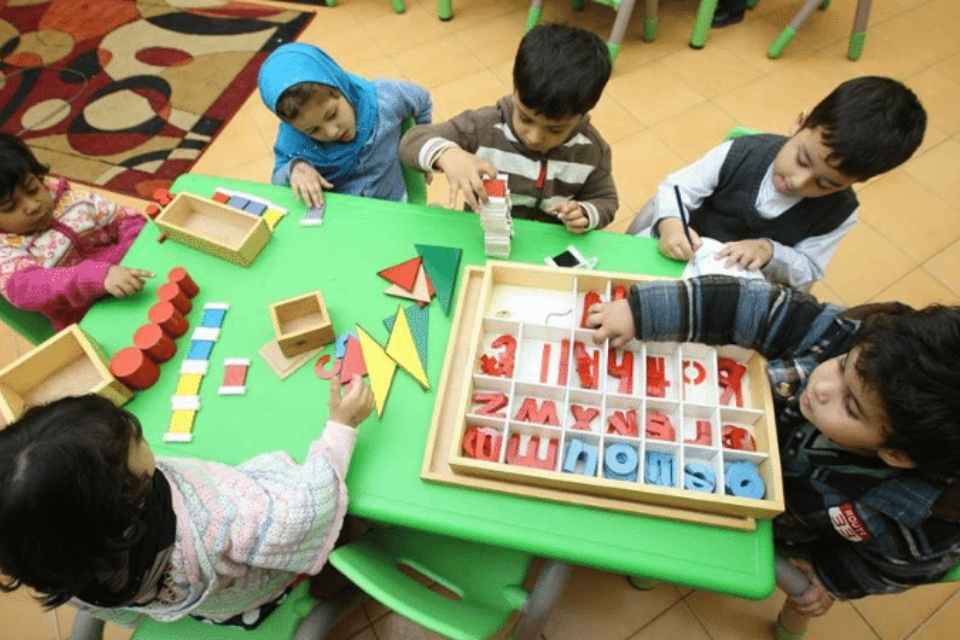
With the rise of online learning, managing screen time has become a pressing concern for parents and educators. While digital platforms offer immense educational opportunities, excessive screen exposure can lead to issues like eye strain, reduced physical activity, and difficulty focusing. This article explores practical strategies for balancing screen time effectively, with a special mention of how Virtual School incorporates these principles.
1. Establish a Routine
Creating a consistent daily schedule helps children understand when to focus on learning and when to step away from screens.
Tips:
-
Set specific times for online classes, breaks, meals, and physical activities.
-
Include non-screen activities like reading books or engaging in creative projects.
2. Use the 20-20-20 Rule
Prolonged screen use can cause digital eye strain, characterized by discomfort and fatigue.
How it Works:
-
Every 20 minutes, encourage your child to look at something 20 feet away for at least 20 seconds.
-
This simple practice helps relax eye muscles and maintain focus.
3. Prioritize Physical Activities
Balancing sedentary screen time with physical movement is essential for overall health and well-being.
Ideas:
-
Schedule daily outdoor playtime or indoor exercises.
-
Incorporate movement into lessons, such as stretching or dancing during short breaks.
4. Monitor Content and Duration
Not all screen time is equal. Educational activities differ greatly from passive entertainment like watching videos.
Suggestions:
-
Use apps or built-in tools to track and limit screen usage.
-
Ensure the majority of screen time is spent on interactive and educational tasks.
5. Create a Comfortable Workspace
A well-organized learning space can minimize physical strain and enhance concentration.
Setup Tips:
-
Use a desk and chair with proper ergonomic support.
-
Position screens at eye level to prevent neck strain.
-
Ensure good lighting to reduce glare and eye fatigue.
6. Encourage Offline Learning
Balance digital lessons with hands-on activities to diversify learning methods.
Examples:
-
Assignments involving writing or drawing on paper.
-
Practical tasks like science experiments, cooking, or crafting.
Shajjar Online Islamic School: A Balanced Approach
Shajjar Online Islamic School is a prime example of an institution that values the importance of balanced screen time. The school integrates traditional Islamic teachings with modern digital tools, ensuring a holistic learning experience.
Key Features:
-
Interactive Sessions: Classes are designed to be engaging yet concise, reducing unnecessary screen exposure.
-
Offline Assignments: Students are encouraged to complete Quran memorization, Islamic studies, and creative tasks without relying solely on screens.
-
Parental Guidance: The school offers resources for parents to monitor and support their children’s learning journey.
-
Flexible Schedules: Families can choose learning hours that suit their routines, enabling natural breaks from screen time.
By incorporating these practices, Shajjar Online Islamic School demonstrates that effective online education is not just about digital access but also about fostering balance and well-being.
Final Thoughts
Balancing screen time during online learning requires intentionality and proactive strategies. By implementing routines, encouraging physical activities, and integrating offline learning opportunities, parents and educators can ensure a healthy and productive educational experience. Institutions like Shajjar Online Islamic School exemplify how a thoughtful approach can create a nurturing environment for students in the digital age.





Leave a Reply